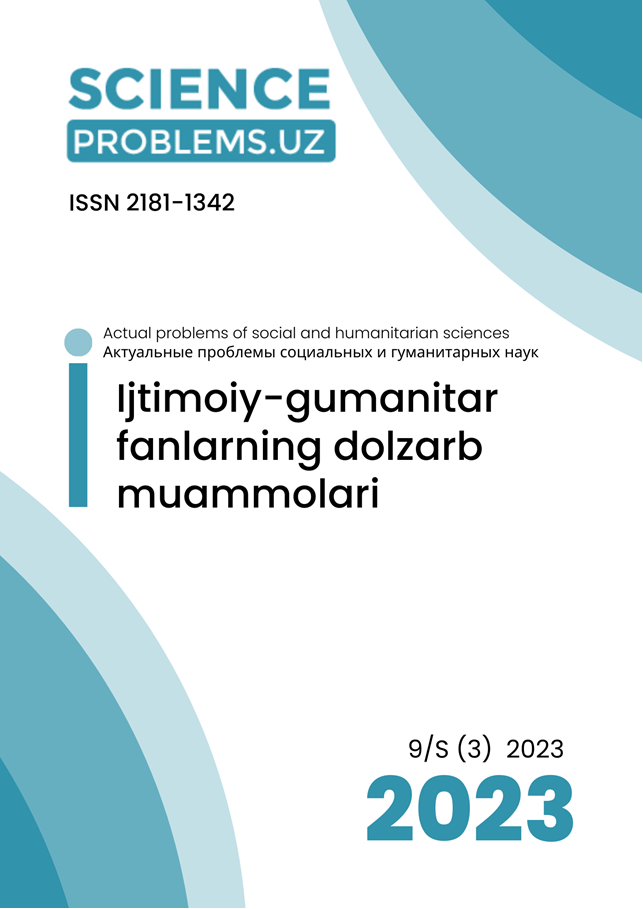SPECIFIC CHARACTERISTICS OF DEVELOPING CREATIVE ABILITY AND MANAGEMENT SKILLS OF TECHNOLOGY EDUCATION TEACHERS
DOI:
https://doi.org/10.47390/SPR1342V3SI9Y2023N55Keywords:
student, education, professional competence, creativity, creative process, abilities, development, necessity, need, motivation, attention, optimization.Abstract
In this article, special attention is paid to the preparation of future teachers of technological education for technological activities by developing their creative abilities, mastering their knowledge, activating, increasing their sense of responsibility as highly qualified specialists, where they become active participants in the educational process, and do not acquire ready-made knowledge, also highlights the issue of creating conditions for the development of the creative potential of the future teacher.
References
Muslimov N.A. Boʻlajak kasb ta’limi oʻqituvchilarini kasbiy shakllantirish / Monografiya. – T.: “Fan”, 2004.
Muslimov N.A. va boshqalar. Kasb ta’limi oʻqituvchilarining kasbiy kompetentligini shakllantirish texnologiyasi / Monografiya. – T.: “Fan va texnologiya” nashriyoti, 2013.
Muslimov N.A. Oliy ta’lim muassasalari professor-oʻqituvchilarning malakasini oshirish texnologiyalari. Monografiya, “Fan” nashriyoti, 2011.
Ochilov M. Muallim - Qalb me’mori. – Toshkent: “Oʻqituvchi”, 2001.
Sh.B.Tursunova “Oʻqituvchi kasbiy kompetentligini shakllantirish omillari”T.N.Qori Niyoziy nomidagi Oʻzbekiston Pedagogika fanlari ilmiy tadqiqot instituti “UZLUKSIZ TA’LIM” ilmiy uslubiy jurnal
Sh.B.Tursunova “Texnologik ta’lim sifatini oshirishda boʻlajak oʻqituvchi ksabiy kompetensiyasining oʻrni” “Ijodkor oʻqituvchi” Ilmiy uslubiy jurnal








